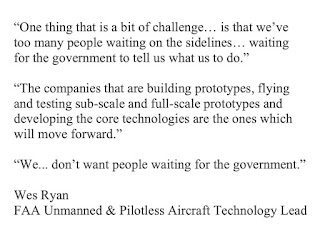Stepping away from the vehicle from time to time does wonders, and in the wake of the abortive field-test of the TELEDRONE on the eve of lockdown I repair to Istanbul to lick my wounds.
The project needs monetising at some stage, and sooner rather than later. The conventional path for jet-pack developers (and more recently those developing electrical UAM solutions in the US) is to leverage prototypes by pitching them for race series, or providing instruction, or appearing at events.
Our former team-member Martin Andrews once spoke to the originator of Gravity's jet-pack, who was struggling for realistic applications at the time. No longer, however. He's frequently in the news storming naval ships or 'rescuing' mountaineers when he's not providing entertainment at Facebook jamborees... and that's when he's not providing tethered flights to acolytes at £5000 a pop.
Ditto the Artist latterly known as 'Jetman'.
In terms of regulating the 'DRONE as it stands, for a personal flyer, it's a practical impossibility in either the UK or Europe, which are geared to multi-million dollar developments... which quite suits. The UK CAA for example rarely if ever prosecutes airlines ~ not least due their refusal to refund flights cancelled due pandemic ~ for the simple reason once again that money talks.
In conclusion, whilst I could pursue a manned test-program under Experimental classification this side of the Atlantic, one is tempted to ask what would be the point? Subsequent to one such tile-limited program, thereafter the type would have to be certified at a cost of a large fraction of a billion dollars. No wonder then that all they can produce from within their UK government grant-funded Innovation Hub by way of example is a multi-million dollar German company in the form of Volocopter.
Reminds of the comedian who said the Germans build the best executive cars, the French build the best family cars, and the British build the best Japanese cars.
Meanwhile my efforts to obtain approval to test-fly the prototype as a radio-controlled model via the Large Model Association is stymied by the fact that the AAIB (UK Air Accident Investigation Bureau) have effectively put the CAA on the naughty-step following their mis-management of events leading to the (repeated) crashing of Airspeeder's prototype at a public-event. Which was okay for them, in view of the fact they were flying home to Australia next day having shat on our door-step instead.
Accordingly the only feasible product I can envisage selling on home turf is a hovercraft, defined by Google amongst others as 'a vehicle or craft that travels over land or water on a cushion of air provided by a downward blast'.
I never did get a reply from the CAA to my open letter regarding:
... but there's not doubt they did eschew responsibility for 'air' craft operating below a height of ten feet many years ago.
In fact I recently queried a vacancy at Hovertravel's ferry service between Portsmouth and the Isle of Wight in the UK... the last such in Western Europe, apparently. They used to use pilots certified by the Civil Aviation Authority (CAA), whereas now they use? Master mariners, who are officially steering 'vessels.'
As a consequence of all which I draft that outline seen above on a shopping pad (recalling that similar sketches have actually turned into flying machines).
It shares the same platform as every previous prototype, the original design being wholly flexible in the way, say, Land Rovers and Jaguars share a common chassis (or Renaults and Nissans).
May be mileage yet in this flying carpet.
































